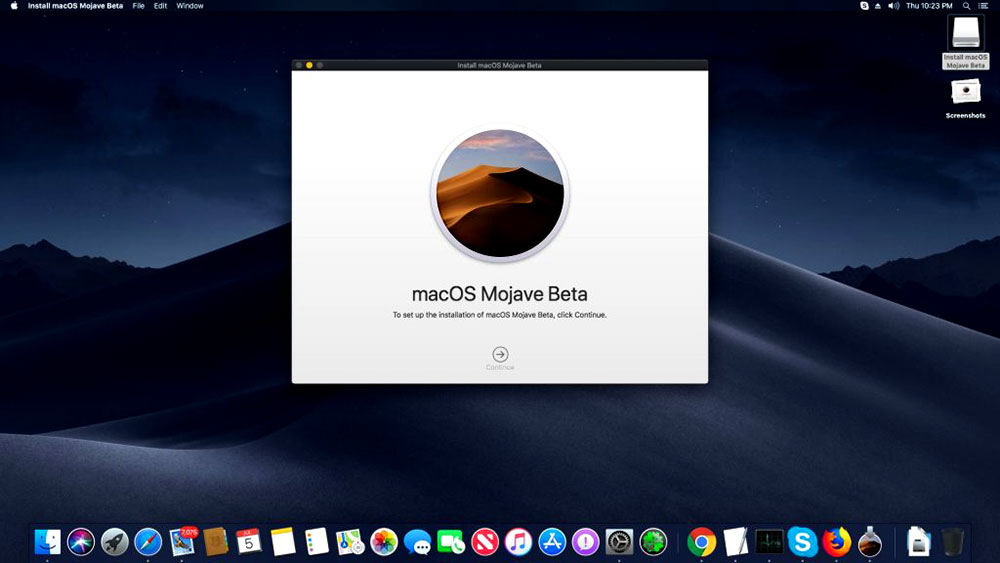
According to Forrester Research, B2B e-commerce transactions will reach $1.2 trillion by 2021, accounting for more than 13% of all B2B sales in the US[1]. While B2B brands adopted e-commerce slower than B2C, they’re now quickly going digital to grow business.
Let’s see what has precipitated this shift.
The Changing B2B Buyer Demographic
Research suggests that 73% of millennials are involved in B2B purchase decisions today[2]. The millennial buyer is tech-savvy and accustomed to making online purchases.
As the typical B2B buyer is changing, so our business processes. While older buyers may prefer an in-person experience with a sales representative guiding them, millennials are more comfortable with a digital experience.
According to Accenture, 50% of B2B buyers make half of their purchases online without ever contacting the supplier.
B2B E-commerce Growth in 2019-20
E-commerce has evolved into a multi-trillion dollar industry and will see steady growth over the next several years.
According to Research and Markets, B2B e-commerce sales will more than double global online retail sales by 2020. Naturally, B2B businesses are counting on e-commerce to drive revenue growth.
According to Frost and Sullivan, B2B e-commerce will hit $6.6 trillion by 2020, leaving B2C behind at $3.2 trillion[3].
The US alone will account for $1.9 trillion in sales. With such a rise, B2B e-commerce is expected to move closer to B2C in terms of customer experience, personalization, and a shift to mobile.
Let’s take a look at some B2B e-commerce trends that will gain prominence in the future.
1. Payment Modes

Payment options are a crucial part of e-commerce sales. With the growth in e-commerce, B2B retailers are moving from experimentation to a complete omnichannel sales process.
In the B2B industry, checks and POs are still common payment methods, but mobile wallets, like Amazon Pay and Apple Pay, are seeing a growing adoption. Some B2B retailers still accept fax orders.
2. Commerce and Not Just Catalogue

Up until the past few years, B2B companies mainly used online platforms to display their products and catalogs.
This is changing as B2B buyers do not merely want to use an online platform to gain information about the products, but instead, they want to make purchases online.
B2B companies are therefore expected to make online sales rather than present an online portal for information only.
3. Upgrade B2B E-commerce Software

To accommodate an online strategy, B2B businesses must constantly upgrade their e-commerce software for buyers. In the past, third-party plugins were a popular way to enable online selling.
But now, consumer-based technology is gaining prominence. Such technology allows sellers to offer a superior customer experience.
This lets customers manage accounts, make payments, review order history, and many more. In the future, B2B sellers will invest a large part of their technology budget to e-commerce-related investments.
4. Multi-channel Selling

B2B requirements are tricky and not just any platform will cut it. Instead of purchasing expensive e-commerce platforms that need their own staff to run, or hiring multiple vendors for the job, B2B sellers are looking at third-party applications to manage order fulfillment, inventory, payments, and more.
To do so, an integration provider will become necessary for tying multiple systems together.
5. Mobile E-commerce

According to research by Google and BCG[4]:
- 80% of B2B buyers use mobile at work.
- 60% of B2B buyers report mobile playing an important role in recent purchases.
- 60% of B2B buyers will increase their mobile usage.
- 50% of B2B queries are made on smartphones. In 2020, this figure will grow to 70 %.
Clearly, beyond B2B e-commerce, businesses will need to make sure they’re mobile-friendly.
The future is certainly bright for B2B e-commerce. E-commerce is going to be a crucial factor for B2B companies to gain a competitive edge in the coming years.
With a bright future and growing competition, it is important that B2B companies invest in a sophisticated e-commerce platform to stay in the competition and secure a first-mover advantage.
Source: b2b ecommerce growth rate
























